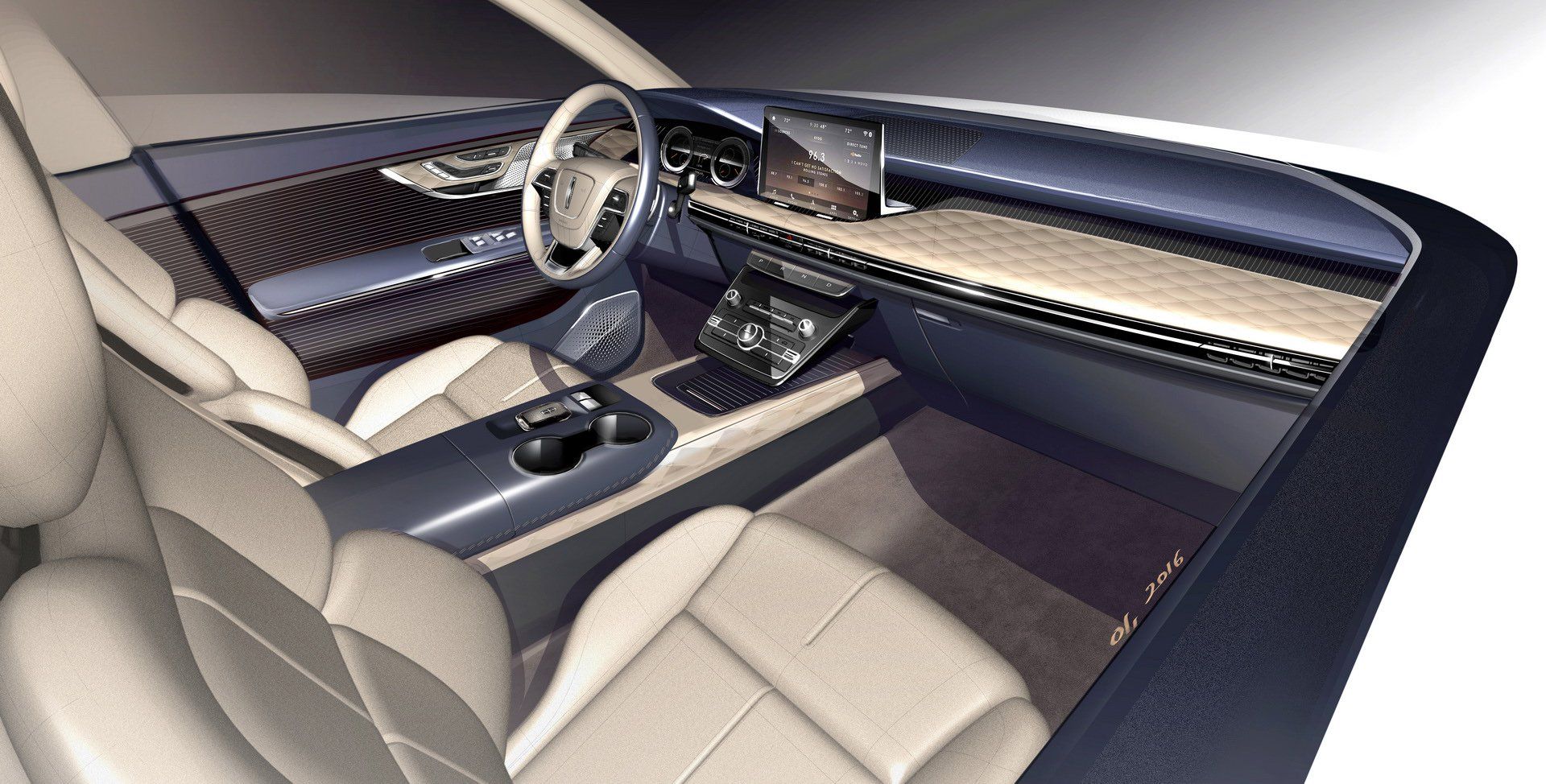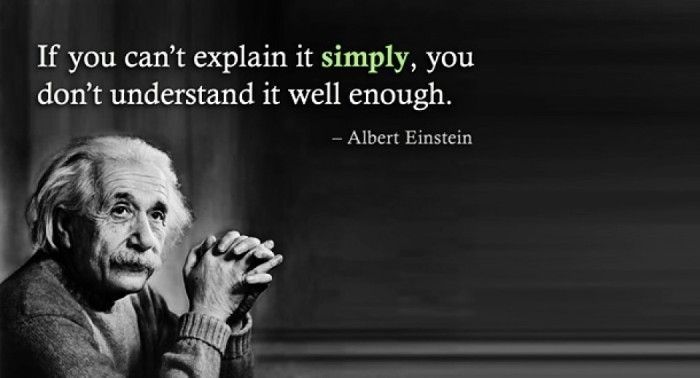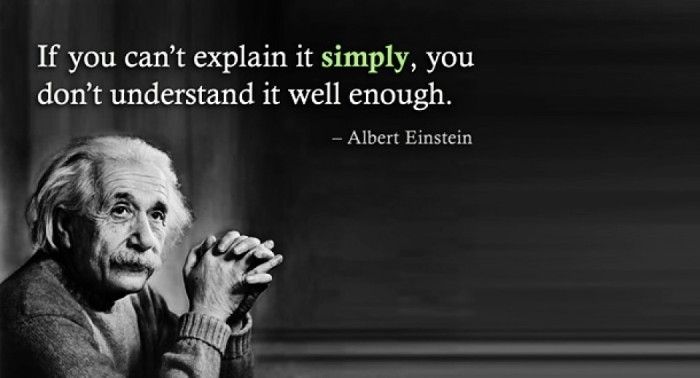Simplicity IS Sophistication—and Better Quality

Think of a time when you’ve bought a consumer product or been part of a process, such as filing a complaint with an airline that lost your luggage. Have you ever had any frustrations with how complicated a new product was to operate, such as the entertainment system of a new vehicle, a smart phone or tablet, or new software? What about when you were claiming a warranty for a defective product? Or how about overly bureaucratic procedures dealing with corporate changes? (Photo: Hilton Pattaya Hotel, Thailand)
My favourite tales of abjectly bad customer service are with call centres. Whether it’s phoning (or live chatting) to set up a new service, complain about a banking or telecom screwup, or cancelling a service, call centres are in a category by themselves. The fabricated, non-sensical procedures that consumers are forced to endure, including being trapped in voice mail jail. It’s reminiscent of a bad B movie, where the hero is forced to run a gauntlet. These procedures must be conjured up by wizards in some dark corner of the world, relishing the pain and suffering they inflict on society. No one does it better than call centres.
Despite the many wonderful technological advancements that society has had bestowed upon it in the past two decades, at the same time complexity in design and process has escalated. The late Steve Jobs, a brilliant visionary, designer and marketer, brought to consumers a radically different approach to interacting with computers and, years later, smart phones and tablets.
The simple design, operating stability, and user-friendliness of Apple’s iPhone turned the industry upside down, leading to the collapse of Canada’s Blackberry (initially Research in Motion) whose top management had grown arrogant and smug with its reliable but boring and function-limited devices. Blackberry executives, in short, were paying no attention to what was developing not just at Apple but also with Android’s operating system and those manufacturers (notably Samsung) that had embraced it.

How about that new car, SUV or pickup truck that you recently acquired? Any frustrations yet, and not with just trying to figure out the on-board GPS system but the entire navigation console? There have been reported problems with on-board navigation systems failing within the first year. That’s not a big issue, since the basic warranty will cover it. However, for some manufacturers such as Hyundai and Mitsubishi with 100,000 km warranties, navigation problems are only covered up to 60,000 km. The repair/replacement work for a faulty nav system is north of $5,000 if not covered under warranty. (Photo: 2020 Lincoln Corsair)
The rapid growth in electronics in motor vehicles have in the order of 100 million lines of software code, depending on the vehicle. For example, FORD states that its GT model has 10 million lines of code while its F-150 contains 150 million lines. In contrast, a Lockheed Martin F-22 Rapter has just two million lines of code, and a Boeing 787 Dreamliner has seven million lines. One doesn’t have to be an electrical engineer to realize that vastly more complicated vehicle electronics goes hand-in-hand with problems at some point—hugely expensive repair costs for consumers.
At the same time, vehicle consoles are beginning to resemble the cockpits of airplanes. The recent introduction of touch screens, containing GPS, music selection and smart phone connectivity, is adding to the demands on the human brain. Multi-tasking while driving is not a desirable option, as witnessed with the escalating rise in accidents caused while using smart phones. Blue Tooth enabled vehicles, while preferred to handholding a device, still has been shown in studies to reduce driver awareness. Driverless cars, with their enhanced safety benefits, are decades off when it comes to their widespread adoption.
As a society, we’ve aspired to reach the apex of Maslow’s hierarchy of needs—and then some. That’s the polite way of saying that regular middle class people have used plastic (credit), second mortgages and whatever else they could use as their conduit to the perceived status of the upper class. Except that the latter have real money. So in the process of society building a financial house of cards (2008’s financial meltdown appeared not to be sufficiently convincing), middle class Americans and Canadians have stimulated the demand for but all the more consumer products and services. Witness Starbucks’ $10 artisan coffee creations. What the heck is that about? Pretentiousness at its finest—and poor quality bean roasts to boot.
There’s a lot to be said for understated design simplicity and, by attachment, enhanced quality. As the son of a Scottish immigrant, your faithful correspondent doesn’t have any great pretensions when it comes to consumer products. He scratched his head at peer Baby Boomer eccentricities when it comes to, for example, buying very pricey motor vehicles, brand name clothing or dressed-up coffees. Keeping it simple, solid quality and reliable service are what drives me.
After some 30 years of using Windows operating systems and derivative clone computers, your faithful and his wife switched completely to Apple about six years ago: each has a Mac Pro, iPad and iPhone. The design, operating stability and connectivity were worth the higher costs and initial learning curves. Bill Gates’ creation, Microsoft, is a stifling, bureaucratic monopoly, producing sloppy software programming and maddeningly unstable operating system.


We all love to crack jokes about IKEA’s products and their assembly, depicted in a series of diagrams, given the Swedish company’s huge global reach. Put the wisecracks to the side for a moment. This is an innovative company that prides itself on producing very affordable products that can be typically assembled quickly and easily with minimal tools. An excellent example is IKEA’s partnership with Better Shelter to send 10,000 pre-fab tents to Syria to house refugees. The tents, each of which comes in two boxes, can be assembled in four to eight hours with no additional tools needed. The tents are semi-rigid and each one is 57 square feet in area. Their expected life is three years, a vast improvement over current tents with their three month lifespan. The tents include solar panels and the roofs designed to reflect the sun to reduce heat inside.
This is sophistication through simplicity: using smart engineering design to effectively address a crisis that is growing around the world in developing countries.
In his well-known book Future Shock (1970), the futurist Alvin Toffler talked about “information overload” and the consequences for society. His belief was that humans would learn to simplify their world as a defence mechanism to the rapid rise in information. This simplification process would be guided by people’s perceptions and biases, despite the world’s growing complexity.
Fast forward half a century and consider what’s been taking place with the advances in such fields as medical imaging, 3-D (additive) manufacturing or semi-conductors and Toffler’s “information overload” description seems under-stated. For example, the amount of data that’s being in the world is estimated to be increasing in the order of 2.5 quintillion bytes per day (one quintillion equals 1,000 billion). The big question is how much of this continuous increase is useful and relevant information.
Too often in organizations, public and private, employees have overly complicated change processes imposed upon them, layered on top of a steady deluge of data reports, corporate procedural changes and emails. Whether it’s a new top executive’s love affair with team building, human resource hiring policies or re-organizing the company, the “system” (the term management likes to use) typically gets the blame for screw-ups, poor employee morale, weak productivity, and inattentive customer service. What gets forgotten is PEOPLE created the system. We are to blame, not some inanimate entity.
So whether as consumer, producer or innovator, learn to embrace simplicity. As Albert Einstein put it, “Keeping a business process simple requires effort.” JT
Simplicity is the ultimate sophistication.
—Leonardo da Vinci
Articles from Jim Taggart
View blog
The literature on inter-generational differences has been in hyper-drive for a while. Think tanks sp ...

The following 10 lessons are not aimed at just those who wish to move into managerial positions; the ...

In my last post we looked at The Five Levels of Teams: Where Are You on the Team Performance Curve? ...
Related professionals
You may be interested in these jobs
-
Actuarial Student Co-op Program
Found in: beBee S2 CA - 2 days ago
PartnerRe Toronto, Canada Full timeCompany Description · PartnerRe is a leading, privately owned, multi-line global reinsurer with a reputation of financial stability and strength, and a commitment to rebuilding businesses and communities after risk events around the world. · Our mission is to continue to be a fin ...
-

Analyste en comptabilité de gestion
Found in: Jobgoal CA C2 - 9 hours ago
L. Fournier & Fils Inc. Quebec, CanadaLe genre masculin est utilisé afin d'alléger le texte et d'en faciliter la lecture. · Sommaire · Relevant du Coordonnateur comptabilité de gestion, l'analyste comptabilité de gestion agit à titre de partenaire d'affaires auprès des différents responsable de départements ou proj ...
-
Community Occupational Therapist
Found in: Talent CA C2 - 2 days ago
Island Health Port Alberni, Canada Temp PTQUALIFICATIONS: Education, Training And Experience · Current practicing registration with the College of Occupational Therapists of British Columbia (COTBC). Graduation from a recognized university program in Occupational Therapy. Eligibile for membership with the Canadian Associ ...



Comments
Jim Taggart
2 years ago #3
Very true, Renee. Nicely put.
Jim Taggart
2 years ago #2
Thanks John.
John Rylance
2 years ago #1
When people struggle to understand a concept, others say “Its not rocket science you know.”
There is no reason why rocket science can't be seen in simple terms, but then where would the mystic be if it were Simplicity itself.
There needs be the element of a challenge in something to make the discovery worthwhile.
Simplicity is a mid-point between ridiculously easy and brain numbingly hard.